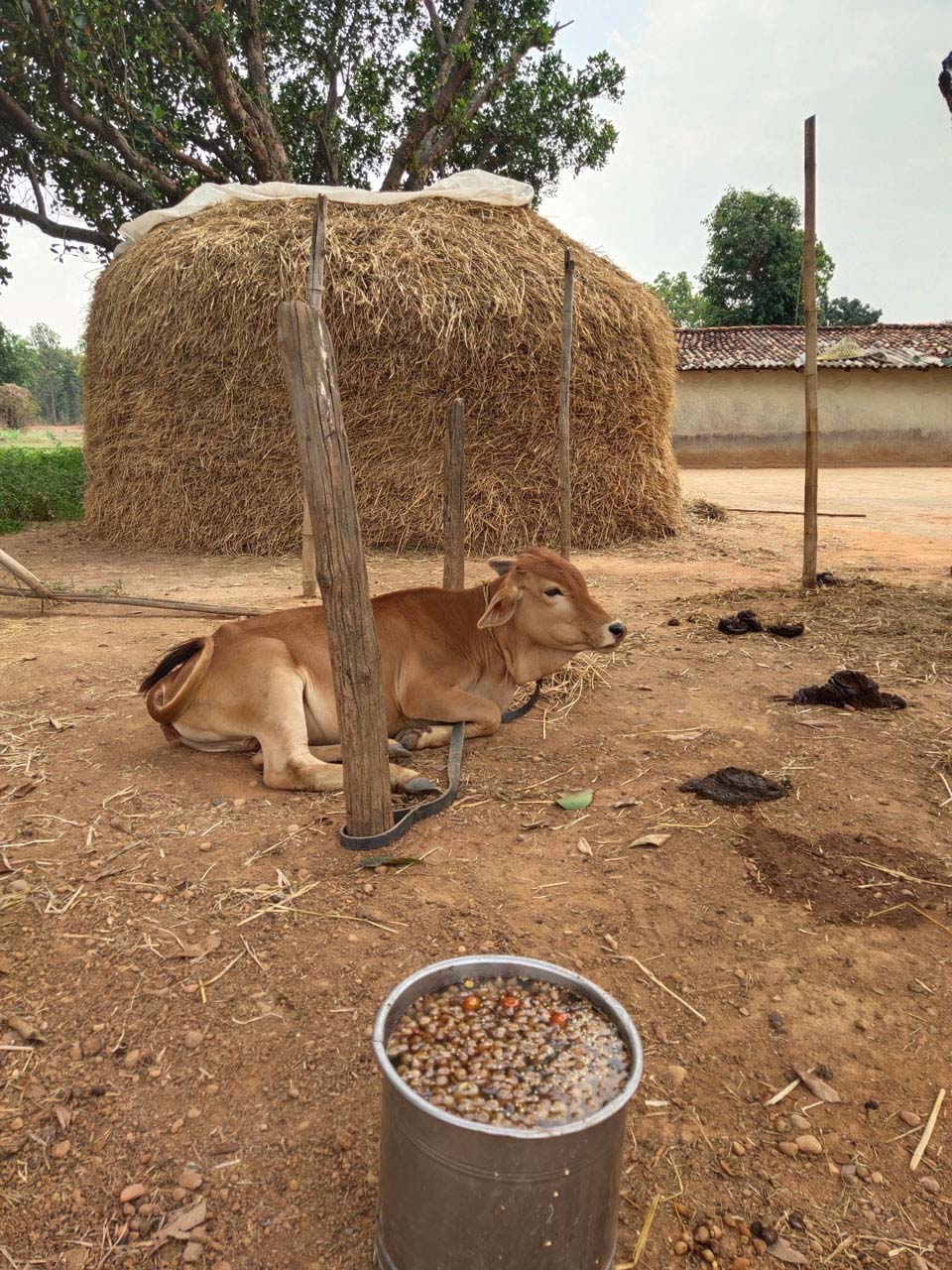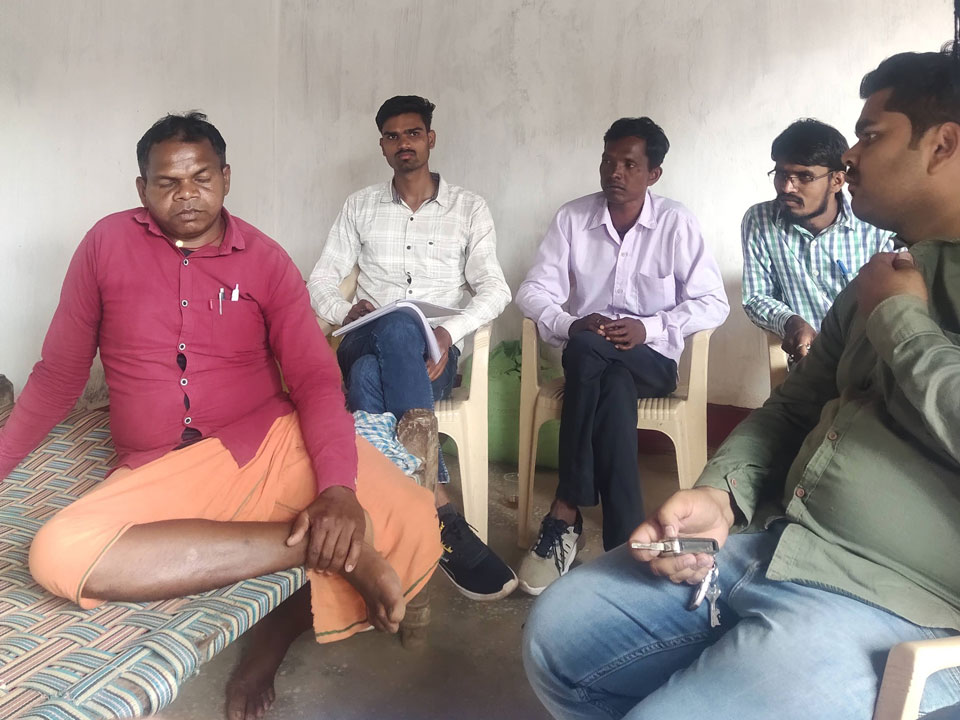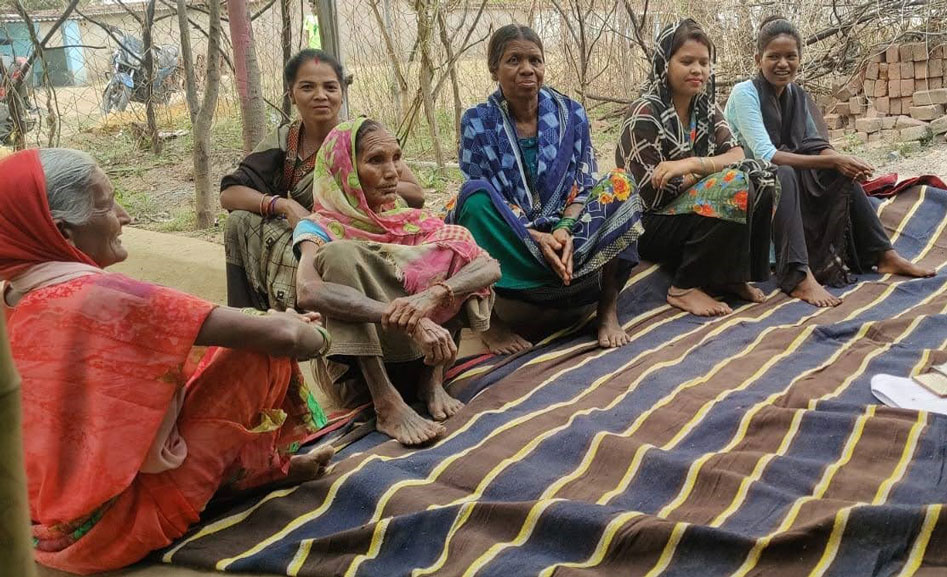GROUND SCENARIO IN SARANGIJHARIA IN SUNDARGARH (ODISHA) A REFLECTION ON POSSIBILITIES AHEAD
By Ayushi Saharan, MA Sustainable Development Practice student at TERI SAS, based on her field visits during an internship at TERI ![]()
![]()

0 Comments
As we arrived at Sarangjharia, a village about 12 kilometers away from coal mine, we found the locals gathered around a tree with baskets in their hands, waiting for a man climbing the tree in front of us to get them some jackfruit. This is symbolic of the quiet and simple life that people live in the village which is not yet claimed by any mining companies and hence the area remained untouched by any major industries as yet and the village coexist with nature.
According to the villagers, while the majority are engaged in agriculture, one-fourth of the residents are engaged in temporary labour work at MCL. The fact that most of the mine related work is outsourced, the local labour force is drawn from the surrounding villages by the contractors. Given the short duration of employment, fear of exclusion and losing the chances of wages earning opportunity, and due to the lack of alternative employment opportunities around, locals often accept what they are offered. Ironically the poor and uneducated labour force are hardly aware of the nitty gritty of CMPF (Coal Mine Provident Fund) and neither do they have the courage to to inquire about CMPF funds and other deductions from their wages during this short-term engagement by the contractors. Owing to blocked opportunities the labour force complies with norms imposed by the contractors and hardly get a chance to voice their grievances. In the informal labour sector they lack any safety net and hence remains vulnerable. Basic rights of rural populace in and around the coal belt are often denied and dignity gets compromised. It raises questions about access to fair wages, safety net, social security system, quality education and health opportunity, and access to healthy work environment. Over dependence on coal and mono-industry also creates a monopoly and in a way that it restricts growth of other livelihood choices and its market promotion. A balanced view of diversified livelihood options creates market opportunities, enterprises, offers greater choices and competition across multiple players who engage labour and this also provides a space for bargaining and an urge for fairer practices in labour engagement.
An important alternative source of income for the locals comes from forests. Collection of mahua flowers and kendu leaves fetches households an average income of 10,000-30,000 rupees within 1-2 months. The collection is usually done by women and children, bundles are made by men and collected by the forest department for making secondary forest based products.
Agriculture, however, is the main source of income of the village. But it has suffered primarily due to labour unavailability. While the locals can offer 200 rupees as daily wage to work on the fields, MCL offices offer 300 rupees. Therefore, residents prefer to engage in labour work rather than working on fields. However, the older generation and women play an active role in keeping agriculture alive in the village. The staple crops sown and produced are corn, rice, and seasonal vegetables. The fields are rainfed, and surplus is sold to the local weekly market. While schemes like MGNREGA is functional in the village, Ujjwala, Swacch Bharat, Ayushman Bharat, PMJAY, health card issued by state government, and other policies linked to farmer’s welfare doesn’t seem to be reaching the people in the area. In a way, people lack the knowledge about several such schemes and hence could not benefit from these schemes.
Today’s youth in these villages are often allured to pick up non-agricultural wage labour particularly in any coal dependent industry settings. Young boys of Sarangijharia are also known to migrate in groups to cities like Goa for work in fishery sector, work for six to seven months, and return back with the earned income (about 30000-40000) only to spend it away on alcohol. Therefore, the money earned is hardly invested in the region in a productive manner.
The problem of alcoholism is said to be further aggravated by the mining activities given the influx of migrant truck drivers from different states who drive up the demand for alcohol. In the village itself the residents indicated that some households make alcohol using chemicals to derive some additional income. Several cases of loss of young lives owing to consumption of country made liquor have been reported.
Coal industry, MCL in this case and DMF can play crucial role in mapping vulnerable pockets, carrying out a socioeconomic baseline, assessing skill, resource and information gaps, and develop a blueprint in consultation with the credible research institutes and development practitioners to enhance the living condition of people living in and around the coal belt. As part of the Just Transition initiative, it would be logical to impart new skills, enhance sustainable agriculture, demonstrate and encourage adoption of greener practices in manufacturing of local products, and promote diversified livelihood strategy, enhance financial inclusion, health awareness and safety nets. All in all, such measures will help minimize vulnerability, build resilience and improve the quality of life of the poor people living in and around the coal belt. The plans must include those who are engaged in coal sector as contractual labourers and their families but also others who are daily wage earners, agricultural workers, who depend on others’ land and also other socially backward sections who often get alienated or left behind due to their backwardness.






